- Details
Thirty-three STARBOOKS units were recently installed in different public elementary and secondary schools in Poro, Tudela, San Francisco, and Pilar in Camotes Islands as well as Bantayan, Madridejos, and Sta. Fe in Bantayan Island – two areas severely affected by typhoon Yolanda in 2013.
Developed by the Department of Science and Technology-Science and Technology Information Institute (DOST-STII), STARBOOKS or Science and Technology Academic and Research-Based Openly Operated Kiosk Station, is the first digital science library in the country. It does not require internet connectivity and has a user-friendly interface.
Read more: Perfect timing for DOST’s STARBOOKS in Yolanda hit areas in Cebu
- Details
An expert has stated in a National Academy of Science and Technology (NAST) roundtable discussion that native wildlife species which are genetically diverse, such as the tamaraw, Philippine deer, and small ruminantsshould be considered forcryo-conservation or the process of preserving cells by subjecting them to very low temperatures.
Dr. Lerma C. Ocampo, senior science research specialist atthe Philippine Carabao Center, was one of the speakers at the discussion conducted last June 5 by NAST, an attached agency of the Department of Science and Technology (DOST).The discussion tackled the topic “Animal Genetic Resource Management and Cryobanking” and aims to develop policy recommendations for animal genetic resource conservation and guidelines on cryobanking in the Philippines.
Read more: Expert bats for cryo-conservation of tamaraw, Philippine deer in DOST forum
- Details
Department of Science and Technology (DOST) Secretary Mario Montejo assures that mechanisms are in place to monitor and project the latest weather patterns in the midst of the current El Niño episode.
Speaking in a special meeting at DOST-PAGASA Science Garden recently with Agriculture Secretary Proceso Alcala and Presidential Assistant for Food Security and Agricultural Modernization Francis Pangilinan, Montejo said that with PAGASA’s highly-modernized tracking and improved forecasting capability, the country now has the means to mitigate the ill effects of the weather phenomenon through better plans, programs, and activities cascading all the way to the farm level.

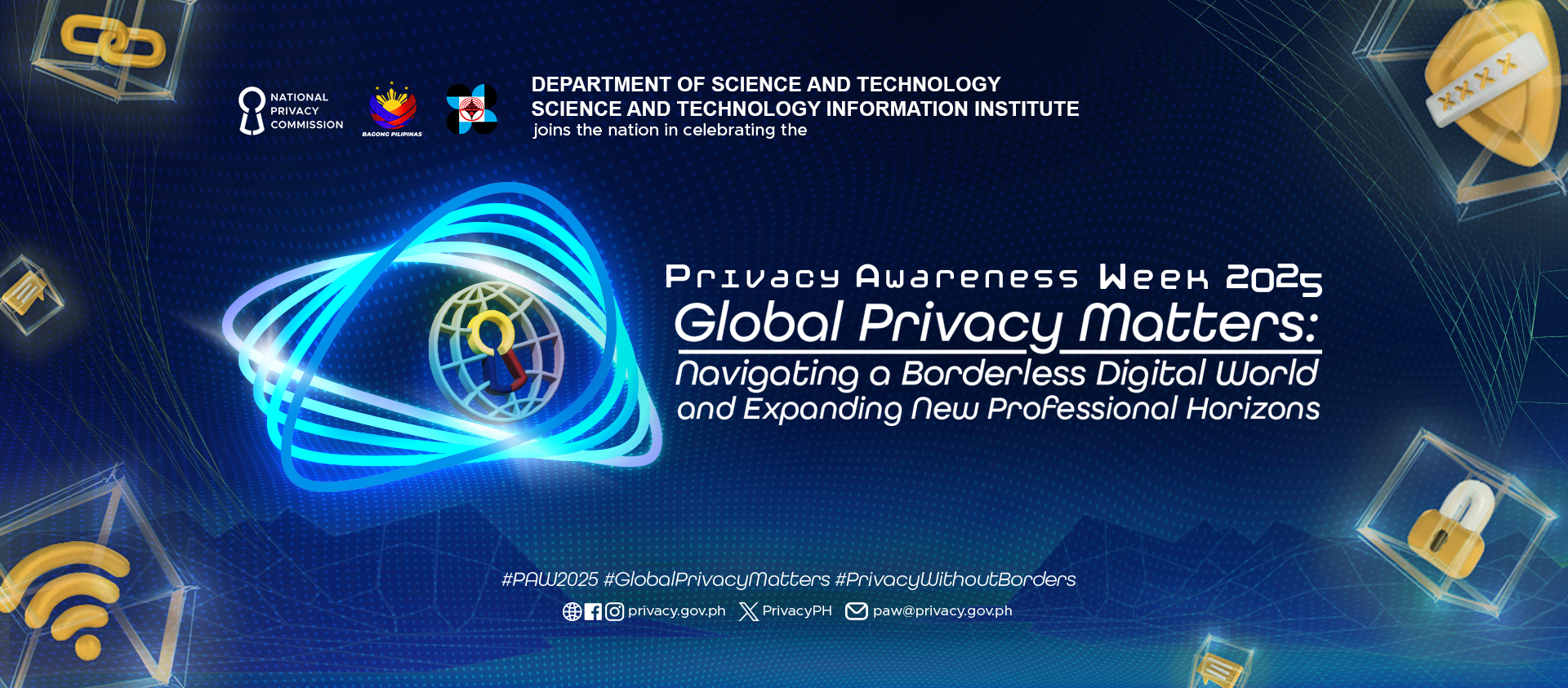
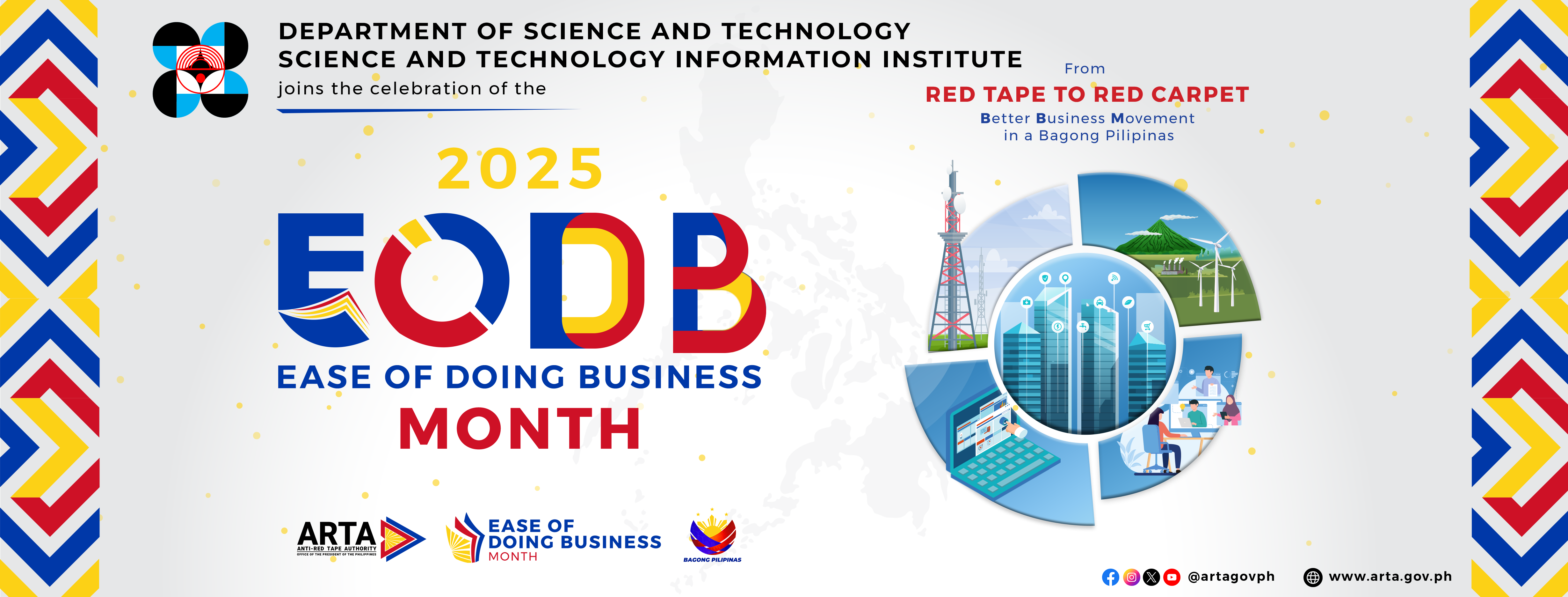
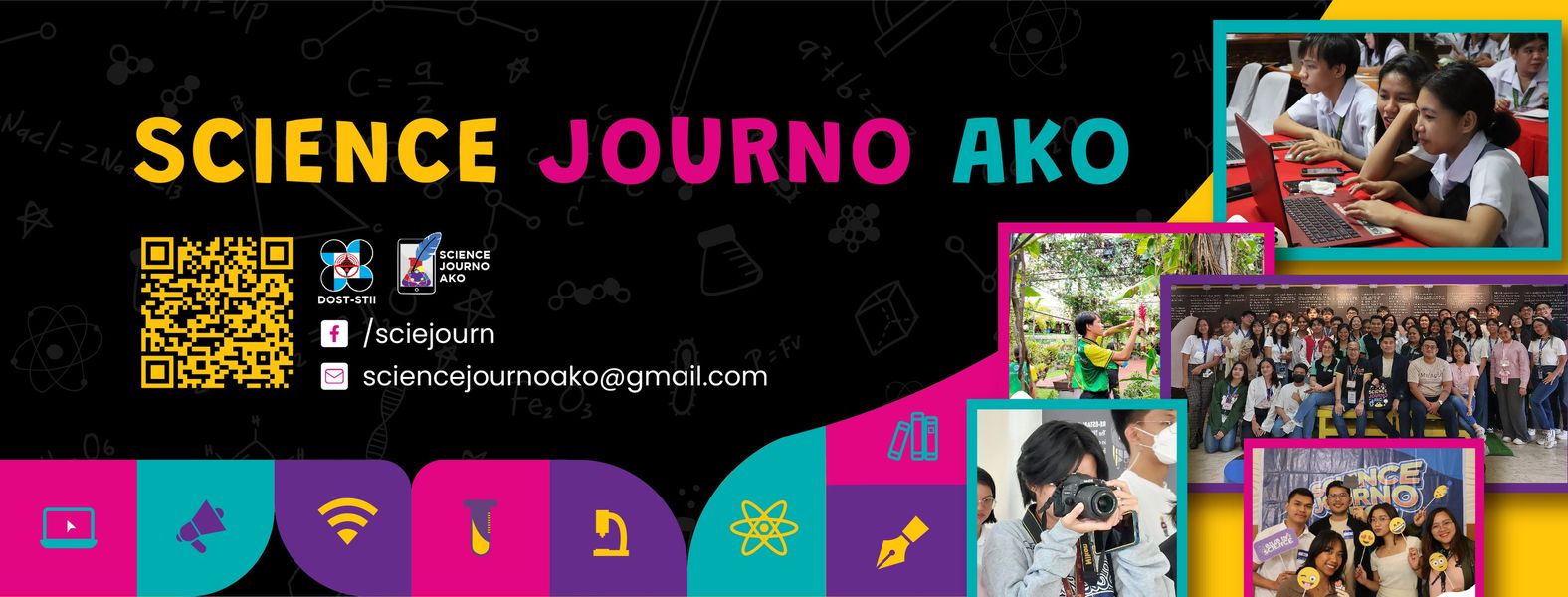
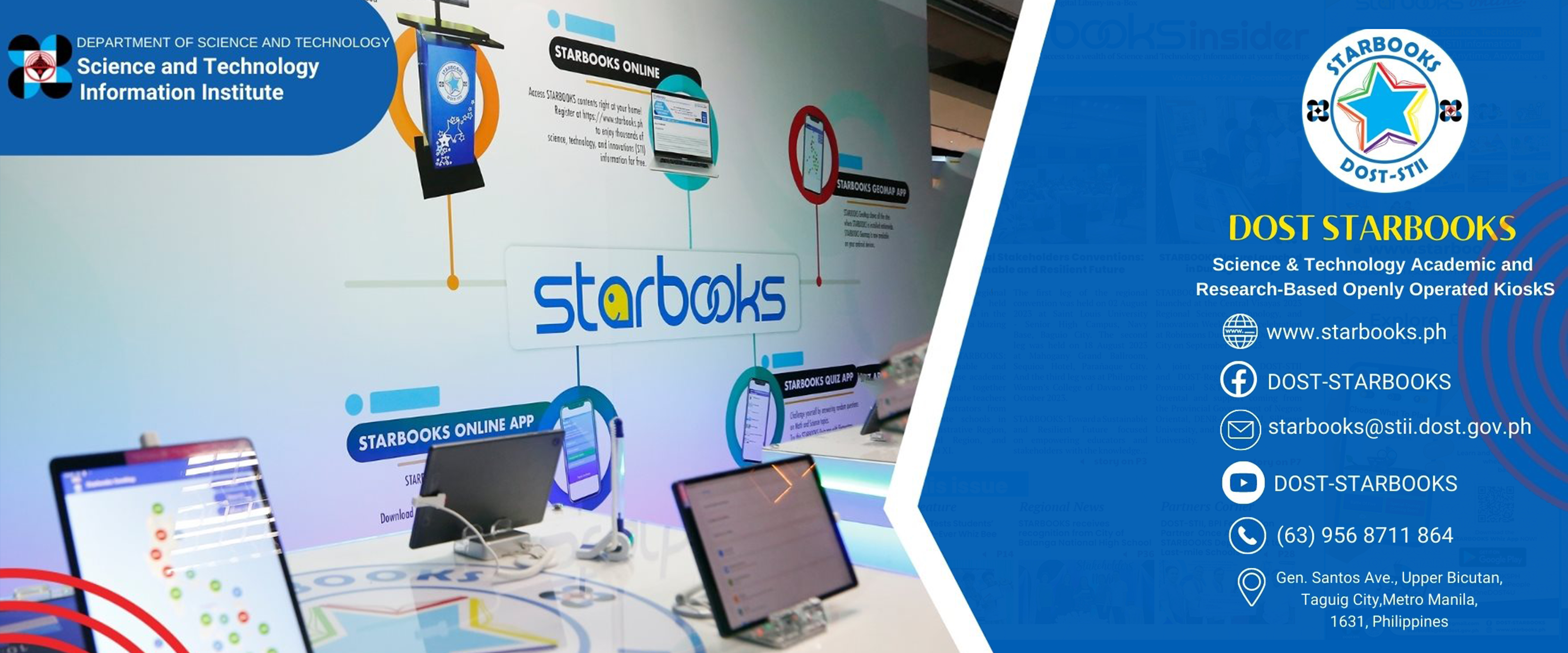


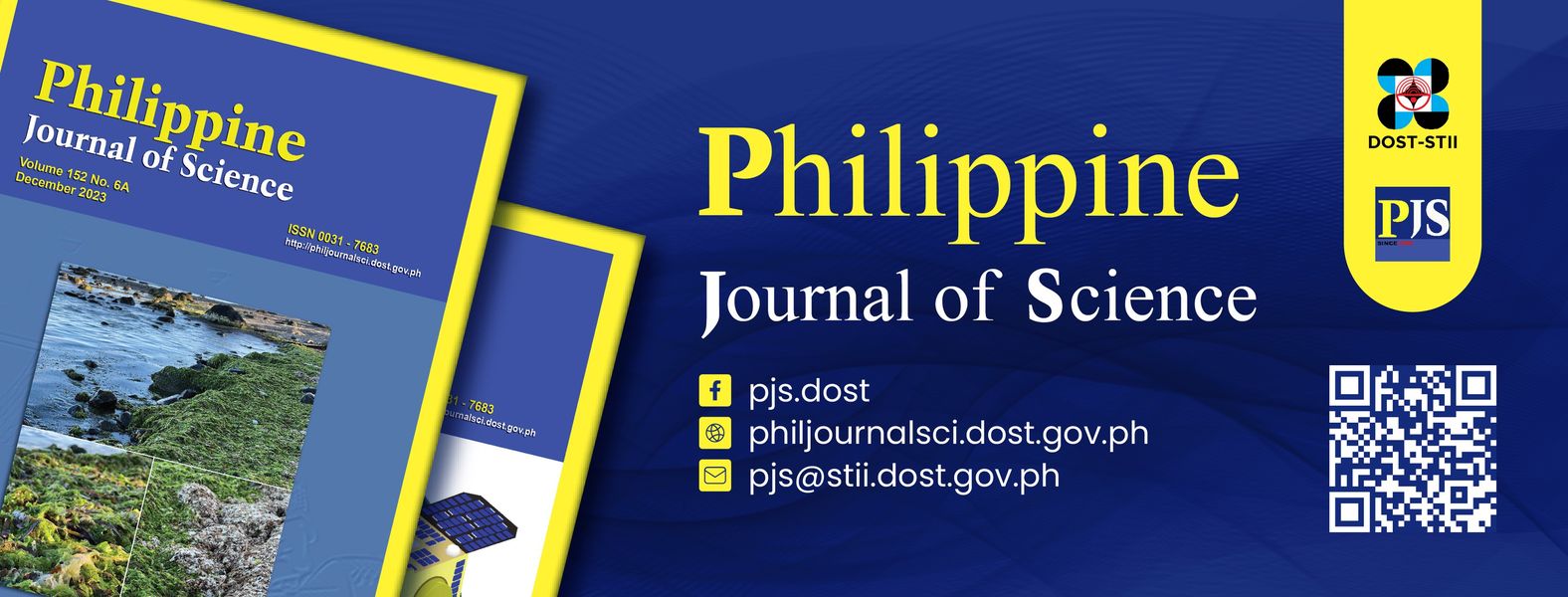


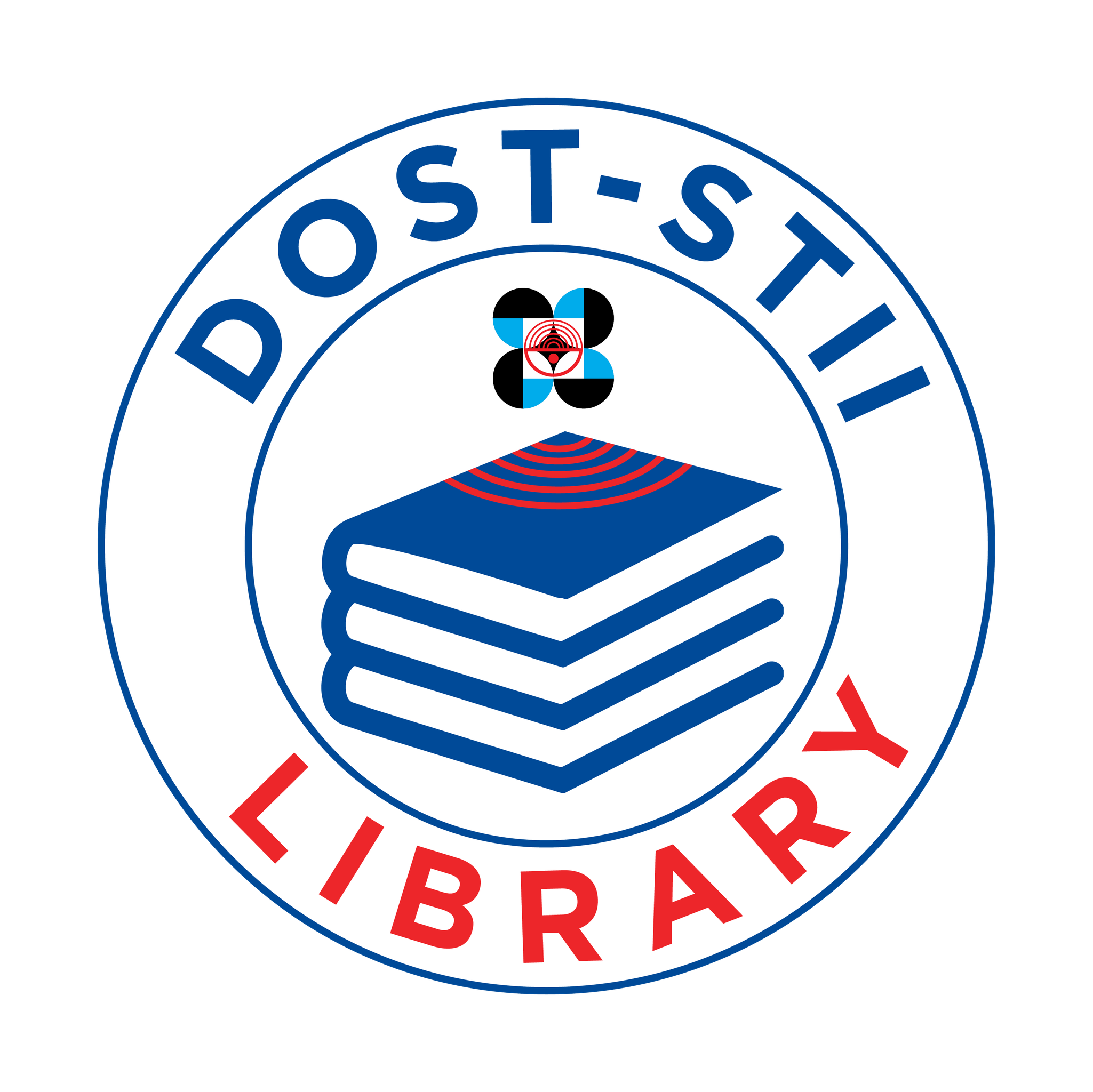

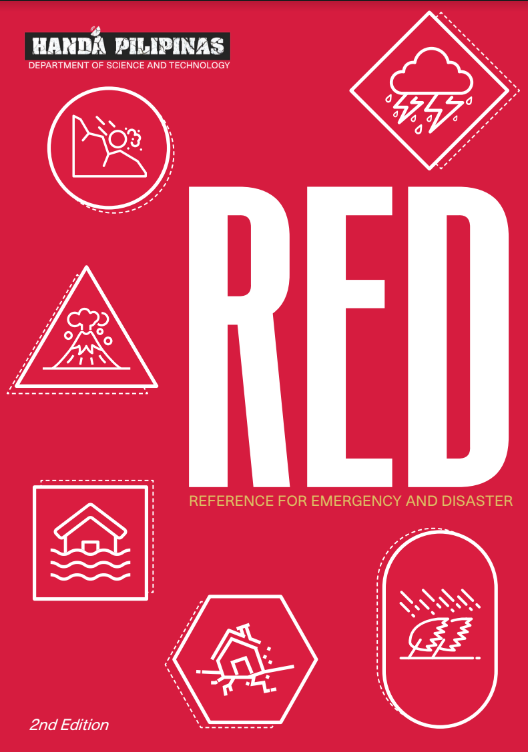
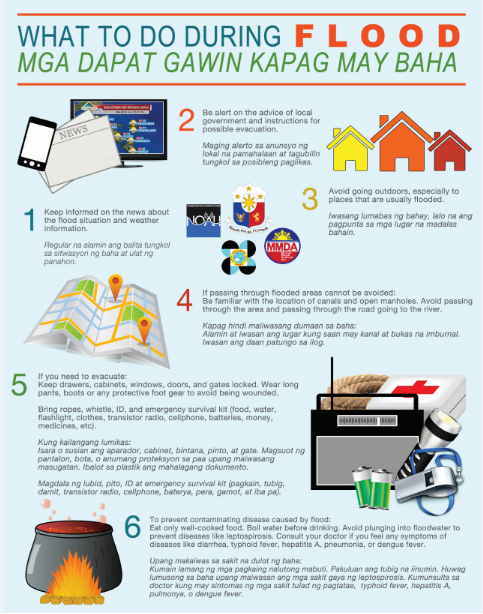
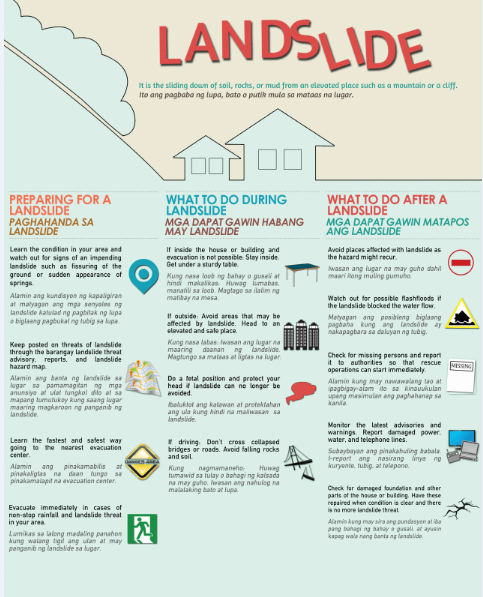
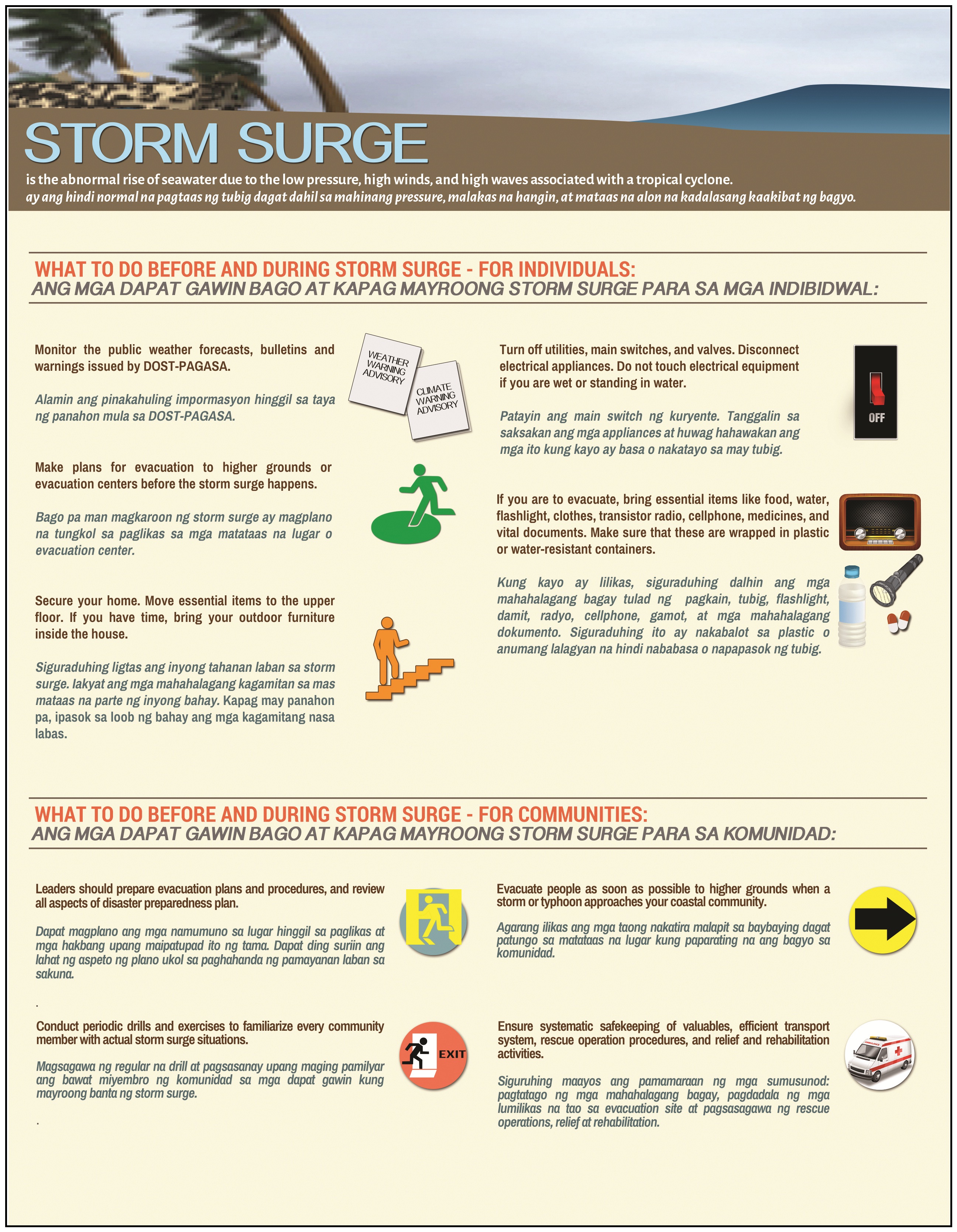
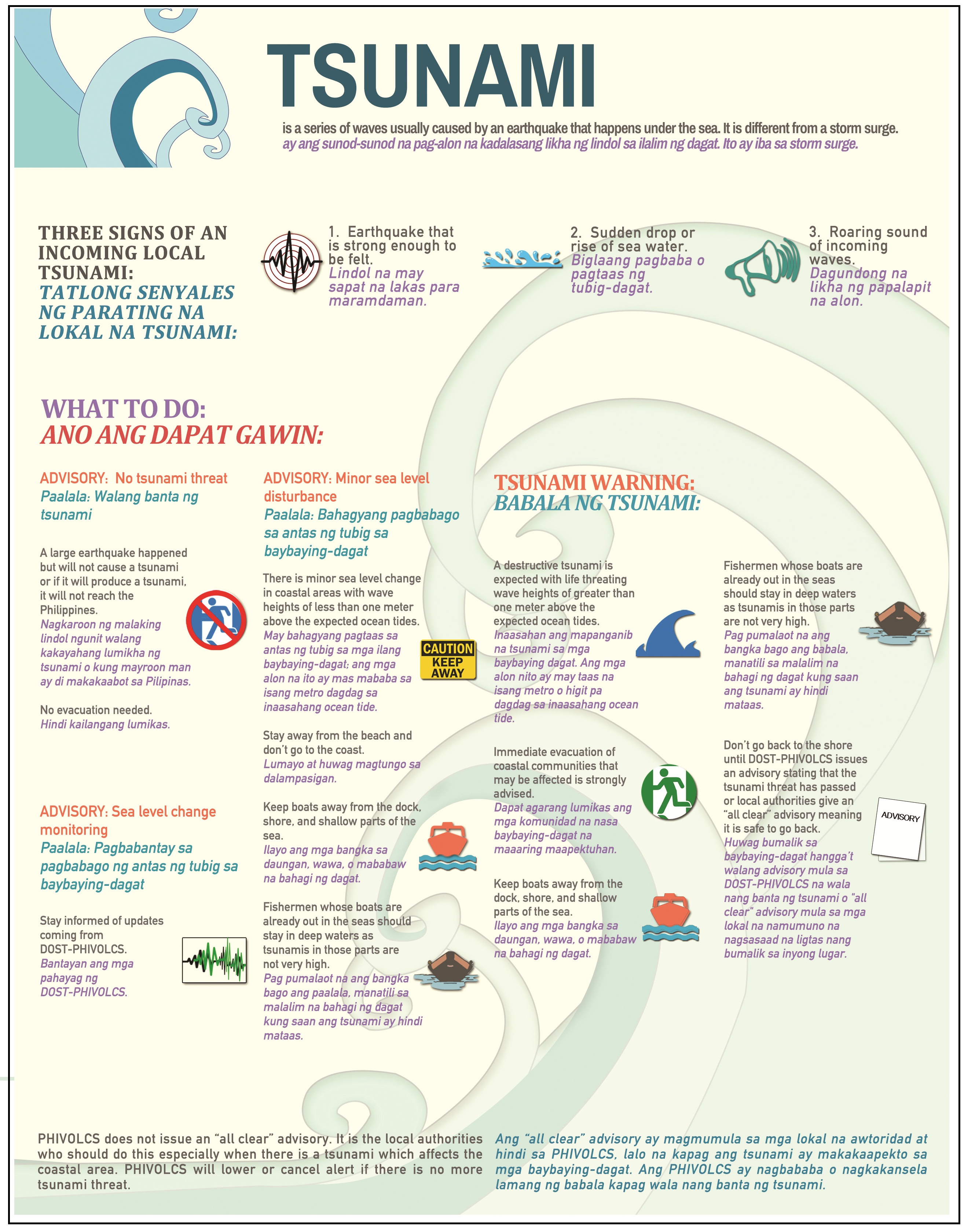
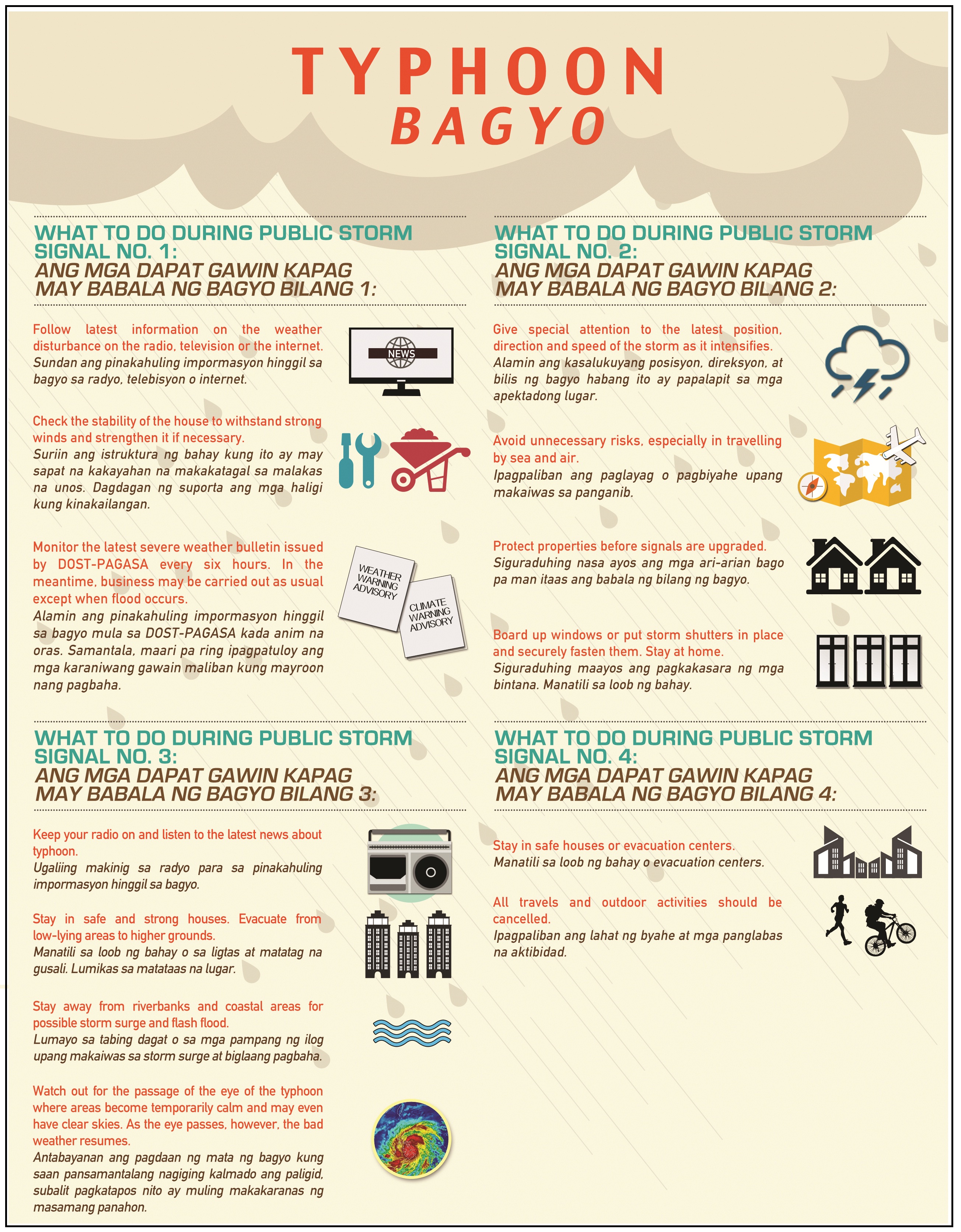
 21 in 2021 Technology Catalogue
21 in 2021 Technology Catalogue 21 in 2021 Technology Catalogue
21 in 2021 Technology Catalogue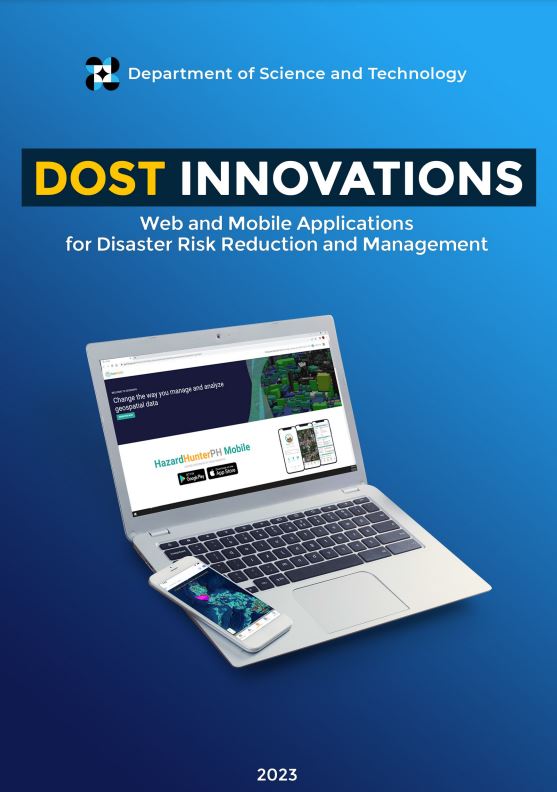 DOST Innovations - Web and Mobile Applications for Disaster Risk Reduction and Management
DOST Innovations - Web and Mobile Applications for Disaster Risk Reduction and Management